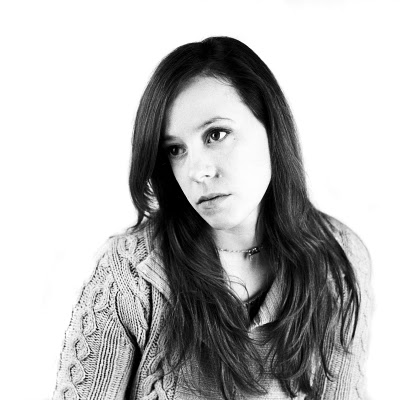Takashi is a modern day photographer creating daguerreotype images. The images produced by this process are pretty amazing, and I really like the old time feel that they give. The fact that people are still using this process is pretty impressive considering the dangers that come with it. I mean mercury vapors don’t sound to safe to me, though I am sure there are lots of new technologies to minimize exposure.
Monthly Archives: March 2012
Trey Ratcliff
This artist is making a name for himself in the world of HDR. A lot of the images I see today, including my own attempts at making images in HDR, seem to be to cartoonish and unreal looking. Trey has found a way to make images that are just a faction past real. The results he is able to get are pretty impressive. He was the first photographer to have their HDR images hung at the Smithsonian in Washington, DC.
Clyde Butcher
I ran across this landscape artist the other day. I am really drawn to his work. He mainly uses 8×10 or larger to photograph landscapes. There are videos that feature him and show the darkroom that he works in, pretty impressive setup to enlarge these huge negatives.
Reading Response #3
Holga – This camera seems to be about as simple as it comes, no adjustment to the shutter speed or fstop and a very braod zoom adjustment. Also no through the lens viewfinder to be able to see if you have your focus spot on. Basic plastic design with a plastic lens. All in all quite a different piece of equipment than that of my Canon dSLR. But I am excited to try the larger 120 format. The images I have seen are pretty awesome, and the way that people play to the “downfalls”, i.e. light leaks and vignetting, of this camera to create very distinct and beautiful images is pretty impressive. I just wonder how many rolls of film I am going to have to shoot before I get some images I want to print.
Reading Response #2
Light and Shadow – This reading covered the use of different lighting effect and effects different shadow can have pretty well. This is one area of photography I haven’t explored much as I most shoot with the sun to my back or with a flash on. I am interested to go out and try to duplicate some of these effects on my own. Also I hadn’t thought before on how the use of shadow or lack there of could so dramatically change an image.
The Floating Girl of Tokyo
Reading Response #1
I found this reading to be pretty informative, and liked how they explained how a lot of the processes work. I use a dSLR quite a bit already and its nice to see that it was based off the older technology and that a lot should be able to carry over for use in the class. I found the other types of cameras to be pretty interesting as well, for instance the different types of pinhole cameras.
reading post 3
For the other reading, I think that the most interesting parts were how different lightings meant different things to people. Especially to Dubois. I also thought that it was interesting that they still used terms like chiascuro and the like to pinpoint aspects in photography. I always thought that was a more painting technique. Also fun to learn more about neipce and Daguerre.
















